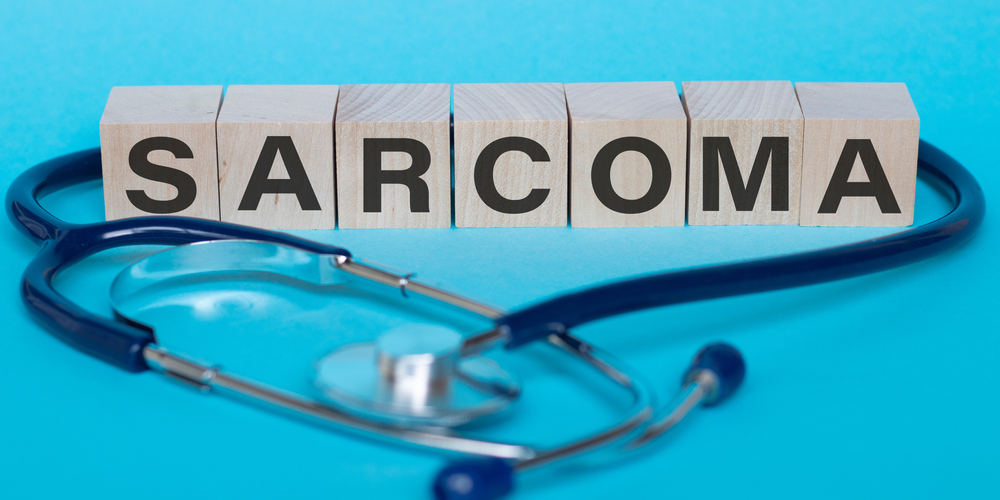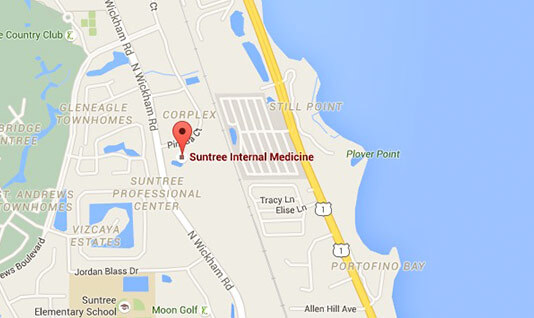Sarcoma: The Forgotten Cancer
Posted on: July 26, 2021

We at Suntree Internal Medicine want to spread awareness about sarcoma. Sarcoma is considered a “forgotten cancer”, so we want to do our part to help change that. If we do not take the initiative to educate and make others aware, it will remain this way. There are more than 16,000 new cases diagnosed each year, and if more research and drug development are not pushed, it leaves those who suffer from it with little hope. In the United States, nearly 7,000 people die annually from sarcoma.
What is Sarcoma?
Sarcoma is a rare cancer that is more prevalent in children, than in adults. There are many subtypes because it grows in connective tissues, such as the muscles, nerves, blood vessels, joints, fat, and bones. Sarcoma can develop anywhere, but it is mostly found in the arms and legs as that is where most of the connective tissues are located at. The two main forms are soft tissue sarcoma and bone sarcoma (osteosarcoma). Children, teenagers, and young adults tend to get osteosarcoma more than adults. Adults 55 years old or older are typically the ones affected by soft tissue sarcoma.
Risk Factors
There is not enough research to know what causes Sarcoma. There are risk factors that can increase the risk of developing it:
- Having a bone disorder called Paget’s disease.
- Exposure to phenoxyacetic acid found in herbicides or chlorophenols in wood preservatives
- Having a genetic disorder such as neurofibromatosis, Gardner syndrome, retinoblastoma, or Li-Fraumeni syndrome.
- Previous exposure to radiation
- Damaged lymph system
- Exposure to chemicals, such as vinyl chloride
- Family history of having sarcoma
Symptoms
Soft tissue sarcomas are typically hard to see because it usually develops deep in the body. Typically, a painless lump is the first sign. As the lump grows, it can press against muscles or nerves making you feel uncomfortable or feel pain. You may experience other symptoms depending on where the sarcoma is located.
Early symptoms can appear for osteosarcoma. A person may experience pain in the affected bone, which is usually around the knee or in the upper part of the arm. The pain may not be constant and may be worse at night. A person may experience swelling, which can start after experiencing pain. It is not common, but bones can break where the tumor is. If the tumor is on the bones of your leg, a person may limp. If it is on the bones of your arms, lifting things may be painful.
Diagnosis & Treatments
For soft tissue sarcomas, if you find lumps or bumps, you should not assume these are benign. You should have this looked at by your doctor right away. By the time a lump or bump appears, and it is sarcoma, it may not respond to treatment. A biopsy can help determine if a tumor is cancerous, what kind of cancer it is, and its grade. A doctor may also use imaging tests to diagnose and may use them to determine if the sarcoma has spread.
For osteosarcoma, a physical exam may be done at first. Imaging tests may be done to check your bones for cancer and biopsies may be done to further check for accuracy. Imaging tests will allow your doctor to see if it has spread.
The treatment depends on the stage of the cancer. The stage is determined by the size and the grade of the tumor, and if it has spread to other parts of the body or lymph nodes. Sarcoma may be curable with surgery or with a combination of surgery and chemotherapy and/or radiation.
Sarcoma is considered a forgotten cancer because of its rarity. Its rarity is why the public and the medical community, are not as aware of sarcomas. It is the hope we can make the public more aware and that the medical community researches and develops more treatment options as current treatments do not help about half the time.




